Exhaust gas temperature naturally is high, since it’s a product of combusted fuel. Depends on the engine design and metal strength, the manufacturer always specify limits or rang of the exhaust gas temperature outlet.
The limitations could be ranging from 300 – 500 maximum while on load. Without load could be between 100 – 250 maximum. This limit as earlier said are set as per the manufacturer recommendations ( see workshop test records and other engine documents).
Having known that, in this article, I will like to share with you causes or possibly reasons which may lead to exhaust gas temperature exceeding limits set for it normal operation. Also will tell you precautions or solutions to guide you solve such problems.
Why could an exhaust gas temperature exceed limits or very high than recommended
There are several reasons or cause of exhaust gas temperature higher than normal operation recommended range, these includes:
– Poor fuel treatment or quality: Bad fuel should be treated before using it. That is why it’s very important to send HFO or MDO sample to laboratory for test. With test results, you can understand how many temperature and viscosity to maintain, how much temperature to maintain during purification, etc.
– Fuel valve/ Injectors : When fuel valve nozzles holes enlarged, there’s possible of supplying excess amount of fuel into the combination chamber. Those fuel might remain unburnt or burn at the exhaust manifold, which creates higher temperatures than required.
Related article 8 main reasons why marine engine not starting or turn
– Fuel Pump and Delivery valve: If high pressure fuel supply pump or it delivery valve have problems, there maybe a chance of force excess fuel into the fuel valve, which will result to high exhaust temperature or excess smoke from the funnel.
– Engine Timing setting: if engine timing settings are incorrect, the it working condition will also be wrong. Therefore, setting a proper or recommended timing is very important.
– Increase in load: For main ship propulsion engine or main auxiliary engine, the higher the load, the more fuel supply, combustion and higher the exhaust outlet. If all mechanisms are in good condition, while loads increases, the temperature will still remain as recommended.
– Valve seat damage: when you have a leakage on your valve seats or head, then you will have blow-by during compression and combustion. To find the unit in question, simple insert a pressure gauge on the indicator cook and turn the engine gradually. If pressure increases and drop faster than required, then check the valves for leakage.
– Air Supply to T/C insufficient: T/C are designed to take air suction from outside. But when installed additional blower to supply air to turbocharger, then it will be more easy for it to maintain air flow.
– Clogged turbocharger: when there’s more carbon build up on your nozzles rings, the combusted gas might find it difficult to flow through. Also if the blades are worn out or clogs, then blowing off gas might be not enough.
Scavenge and exhaust manifold clogged: always maintain cleaning routines on either T/C air cooler and manifold inspection. This will allow you have more booster air inlet and if exhaust is clear too, then flow out.
Also Learn more On starting problems on marine auxiliary diesel engine
– Scavenge Air leakage: when you have leakage after T/C, then air delivery to the main manifold might be less, creating less out flow and high temperature comes in.
Consequence Of Diesel Engines High exhaust temperature
There are lots of consequences which high exhaust gas temperature can cause to the engine parts, these are:
– exhaust valve life time reduces up to 50% if continue with same high temperature.
– Cylinder liners wear more faster as required. Since liner is more expensive, I think the earlier you solve the temperature problem the better.
– Piston rings and piston itself might wear down or get damaged.
Note: Once observe any of the above mentioned symptoms or problem, try to solve them as soon as possible. For fuel pump and fuel valve can be replace (if found bad), or make lapping renew some parts and test them before installing into the engine in question.
Do you have more experience on what causes high exhaust gas temperature? We will appreciate hearing from your opinion, drop it on the comment box below.
Be the first to read from our latest updates, subscribe below.

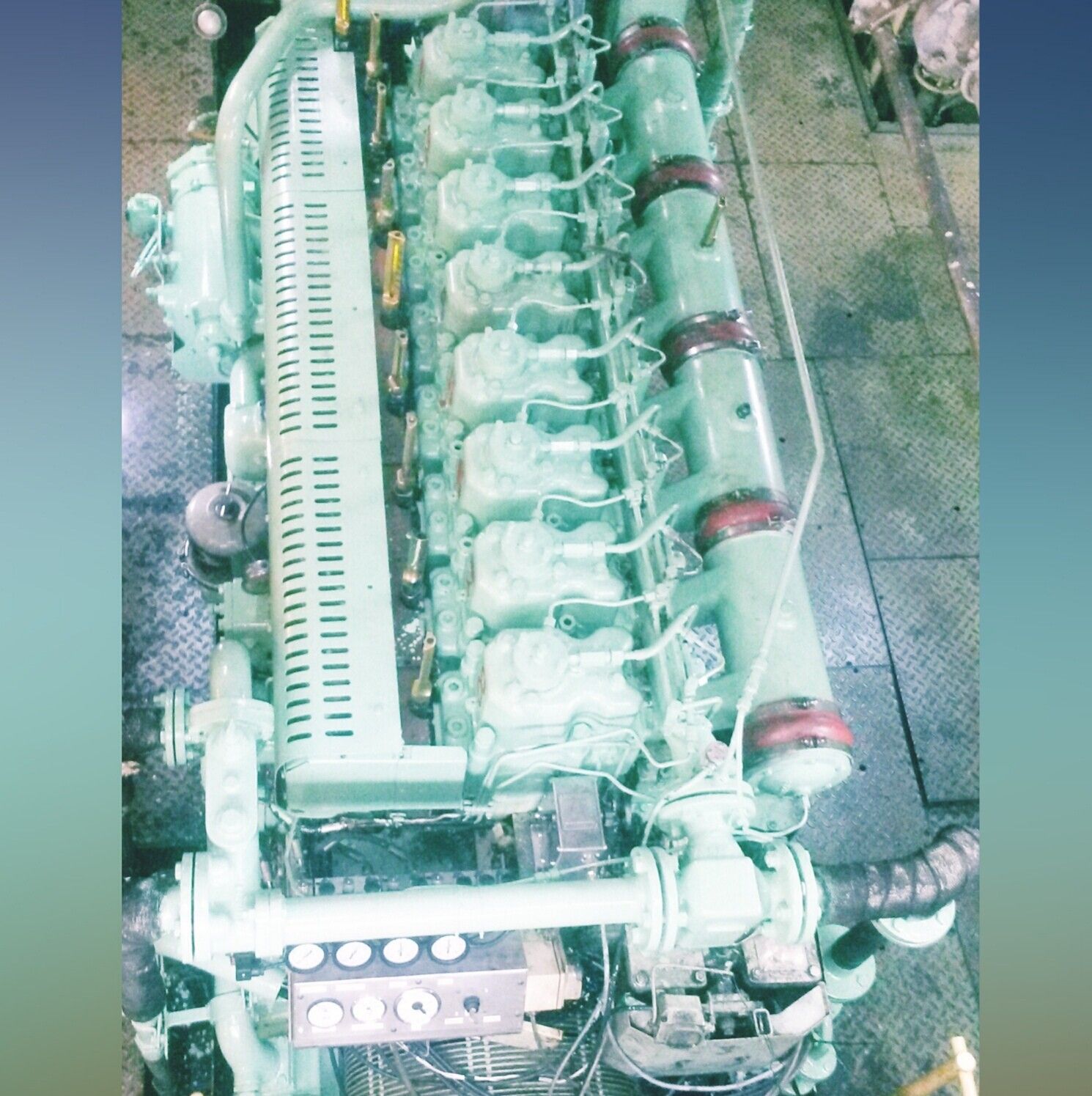

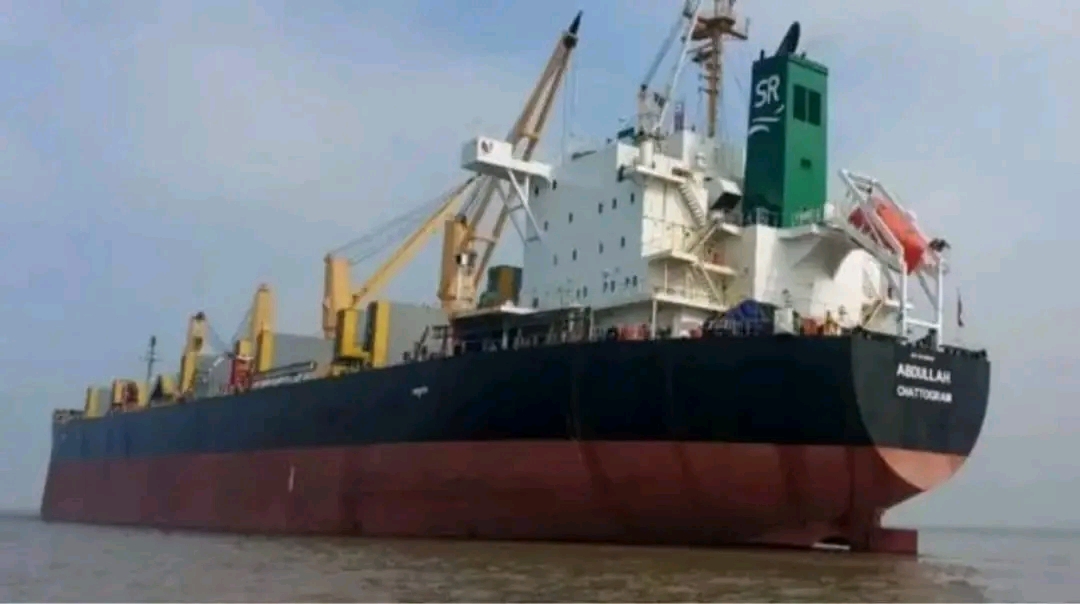
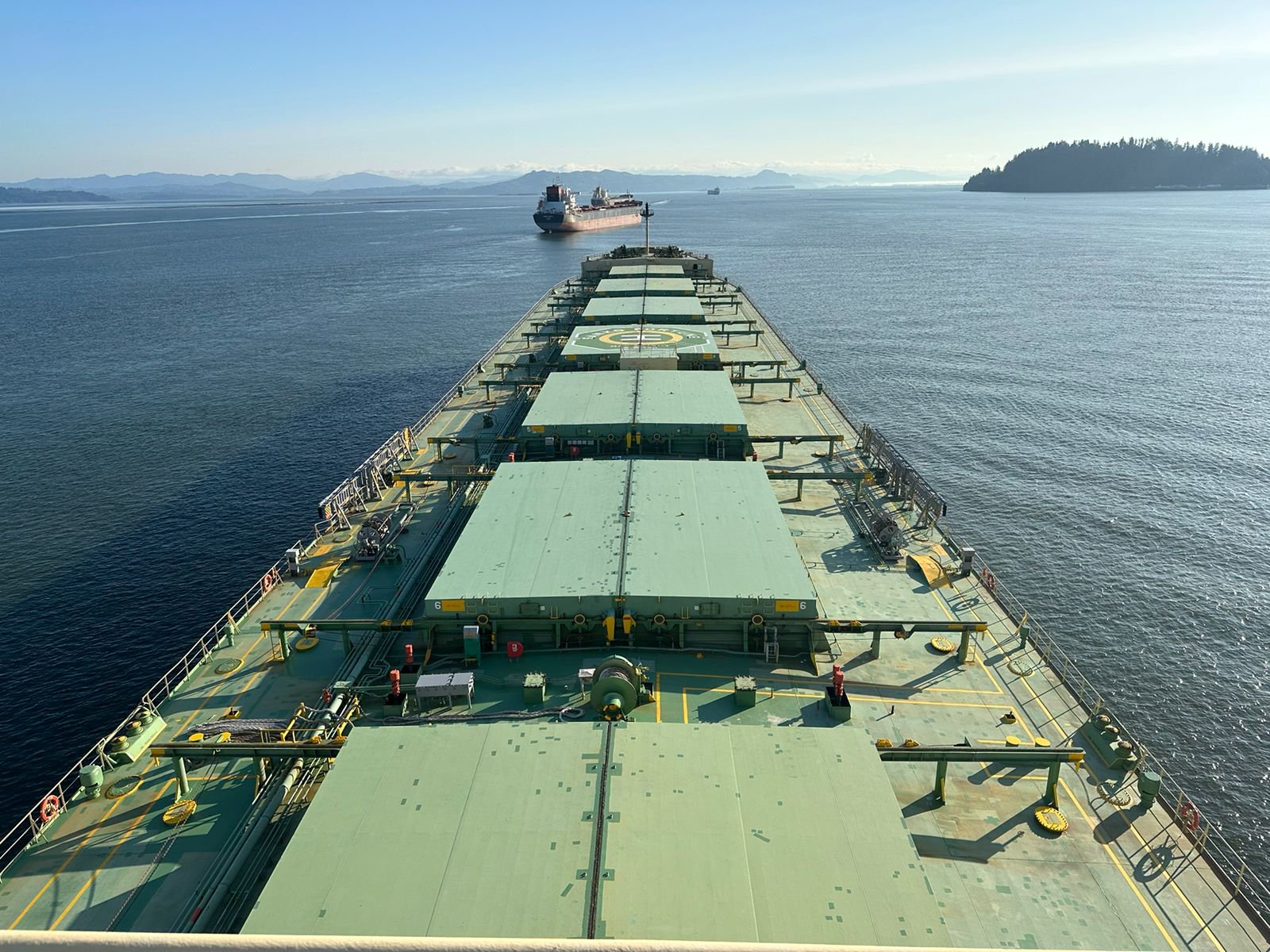
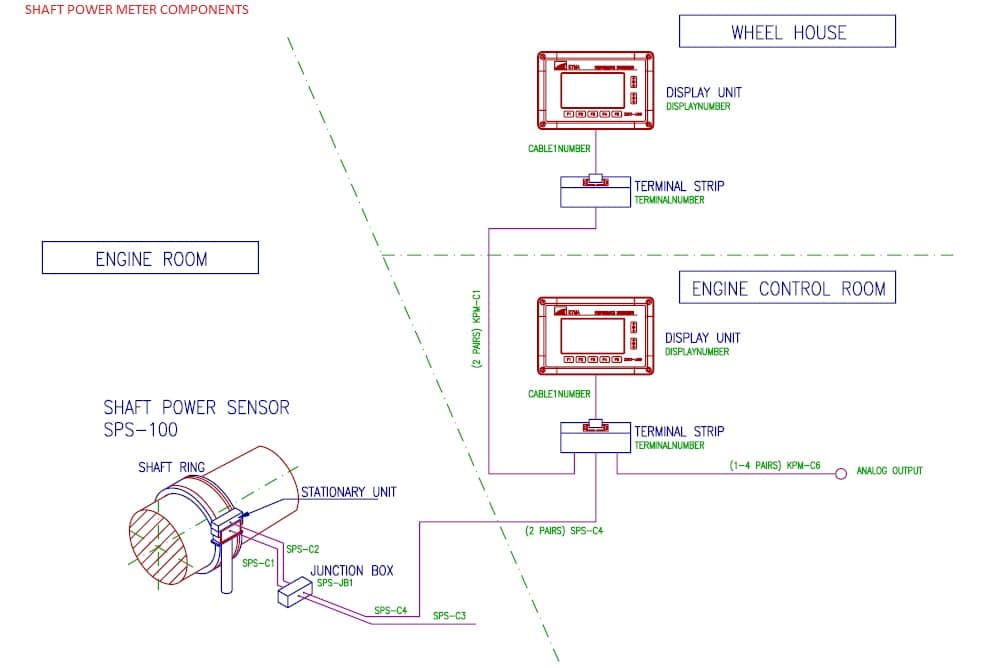

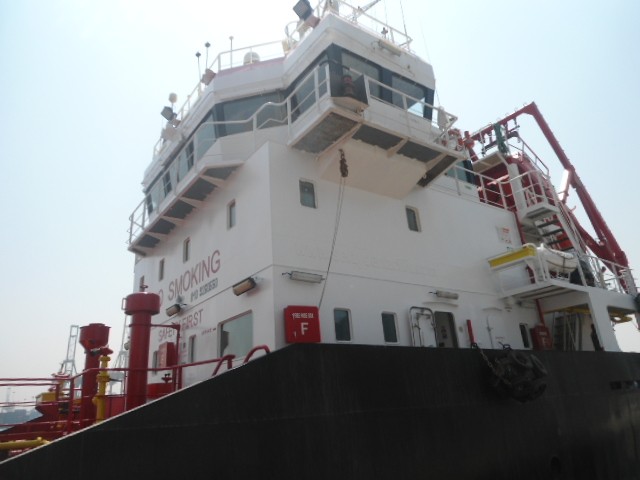


4 thoughts on “10 Main Reasons For High Exhaust Gas temperature In Marine Diesel engines”
Thanks for the amazing article, after reading, Using the method explained, I found out one of the cylinder valve seat has leakage, after overhaul, all becomes normal.
Pingback: Exhaust Filter Temp Light International – suluovagazete
Thanks for the article … probably too much fuel and too little air was the casue of high exhaust temperature we had. After we changed all fuel injectors and clean the T/C suction filters with air cooler, we got sufficiently improved.
Faulty thermometer.